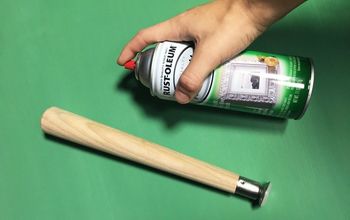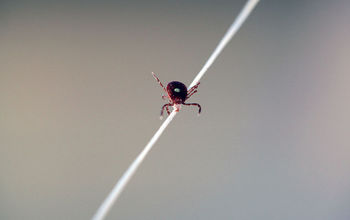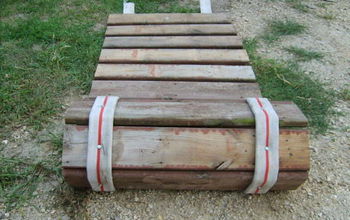How to Craft the Ultimate Earwig Trap: Step-by-Step DIY Solution

Imagine strolling through your garden, admiring your lush greenery and vibrant blooms, only to find it marred by the presence of earwigs.
These nocturnal creatures can quickly turn your garden into their personal buffet, munching on tender leaves and delicate flowers.
But fret not, for I have just the trick to outsmart these unwelcome guests – an ingenious earwig trap made with simple ingredients you probably already have in your pantry.
Tools and Materials:
- Container with a lid
- Soy sauce
- Olive oil
- Scissors or something to poke holes with (e.g., nail, skewer)
Hometalk may receive a small affiliate commission from purchases made via Amazon links in this article but at no cost to you.
Hometalk Recommends!
1. Mix the Magic Potion
In a container, mix together equal parts soy sauce and olive oil.
The soy sauce is a potent attractant, luring earwigs with its irresistible scent, while the olive oil creates a slippery trap they won't escape from.
2. Prepare the Trap
Once your potion is ready, tightly seal the lid on the container.
Using a sharp object like a scissors, nail, or skewer, poke several holes in the lid.
These holes should be large enough for the earwigs to crawl through but small enough to prevent other critters from entering.
3. Bury and Wait
Now, it's time to deploy your trap! Bury the container in the soil of your garden, leaving the lid exposed. Make sure to place it in an area where earwig activity is high.
As night falls, the earwigs will be drawn to the enticing aroma of soy sauce and venture into the trap.
Why Bury the Trap?
Burying the trap in the soil ensures that it's placed directly in the path of earwig activity, maximizing its effectiveness. Additionally, burying the trap helps to conceal it from view, maintaining the aesthetic appeal of your garden.
4. Dispose and Repeat
In the morning, check your trap for any trapped earwigs. Once you've captured your prey, simply dispose of the entire trap and replace it with a fresh one. With this simple yet effective method, you can keep your garden free from earwig damage all season long.
Ready to tackle another garden pest?
How to Make an Earwig Trap for Your Garden
This DIY earwig trap offers a simple and natural solution to keep your garden free from unwanted pests.
With just a few household ingredients and minimal effort, you can enjoy a bountiful garden without the hassle of earwig infestations. So go ahead, give it a try, and reclaim your garden from these nocturnal nibblers!
Enjoyed the project?
Comments
Join the conversation
-
The raccoons that come in from the woods in back of our house will love the condiment enhanced treat! One more reason to wreak havoc in my garden! Had to give up the beer traps for slugs because of them too!🦝🦝🦝
 Susan
on May 01, 2024
Susan
on May 01, 2024
-
-
I am gonna do this in one very populated.... do you have something for snails?
 Mem88898593
on May 03, 2024
Mem88898593
on May 03, 2024
-
Have you tried a beer trap for snails? Works well. You could also sprinkle clean cat litter around the garden border or planters. I have heard you can smear VicksVaporub along the border as well, apparently, it prevents snails and slugs from crossing the barrier into your garden bed or planters. I think I will try this out actually😁
 Danielle Segev
on May 05, 2024
Danielle Segev
on May 05, 2024
-
-
































Frequently asked questions
Have a question about this project?